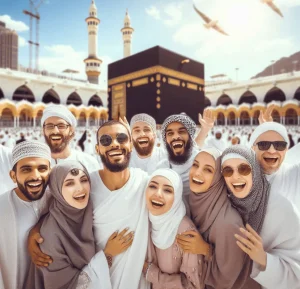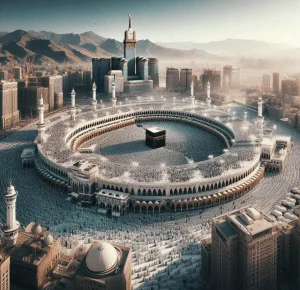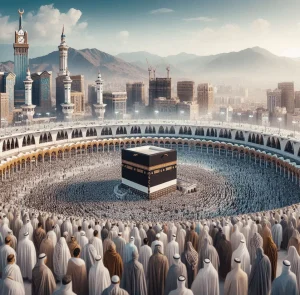Muslim Marriage ceremony or Nikah is celebrated on a grand scale for a time period of five-days. Muslim wedding can be carried out at any convenient time, as there is no strategy of auspicious time. The Nikah ceremony can choose put possibly at the bride or bridegroom’s residence or at a area that is practical for the two parties.
Pre-Marriage Rituals:
Listed here is a brief description of the pre-marriage ceremony rituals followed in a typical Muslim Nikah.
o Legan Chir: Right after finalizing the marriage ceremony date hard cash existing is despatched to the bride’s father by the groom’s father.
o Manjha Ceremony: On the third day, manjha ceremony can take location. The prospective bride is seated on a smaller sq. table and anointed with haldi (turmeric) delivered by the boy’s family.
o Mehndi Ceremony: The Mehndi ceremony is held at the property of the bride on the eve of the marriage ceremony ceremony or a couple of times just before it. Pursuing the custom, the female kin of the bride anoint her with turmeric paste to carry out the glow in her complexion.
Marriage Rituals:
Muslims notice a one of a kind set of rituals at the time of their marriage ceremony. Be sure to read through on to uncover out how Muslim Nikah is conducted.
o Welcoming the Baraat: The groom arrives at the marriage ceremony venue with a marriage procession or baraat consisting of kinfolk and good friends.
o Nikaah: It is on working day four the true Muslim Nikaah or wedding ceremony ceremony can take spot. Nikah can be performed at the dwelling of the bride or the groom, or at any other easy location. In orthodox Muslim communities, the gentlemen and women of all ages are seated separately in Zenana (for woman) and Mardaana (for adult males). The Maulvi reads selected verses from the Quran and the Nikaah is entire right after the Ijab-e-Qubul (proposal and acceptance).
Following the Nikaah-Nama is signed, the Qazi provides a sermon named Khutba, consisting of verses from the Quran which have been recited by the prophet and which lay particular emphasis on obligations towards females. The Qazi points out the which means of these verses to the viewers with an clarification of the mutual legal rights and responsibilities of the spouses.
o Blessing the Groom: Soon after the marriage ceremonies are more than the groom receives blessings from the more mature females and presents them his salaam.
o Dinner, Prayers and Aarsimashaf: Meal is a lavish spread. Ordinarily, the women of all ages and the guys dine separately. Following dinner, the recently-weds sits jointly for the very first time. Their heads are included by a dupatta although they examine prayers underneath the way of the maulvi (priest). The Quran is positioned amongst the couple and they are authorized to see every only by way of mirrors.
Post-Wedding day Rituals:
Submit-Wedding ceremony rituals followed in Muslim Nikah are comparable to what we see in other Indian weddings. Even so, in this article the customs are adopted below different names and some cultural versions can be noticed.
o Ruksat: The bride’s family bids her a tearful farewell before she departs for her husband’s dwelling.
o Welcoming the Bride: At the groom’s residence, the groom’s mom holds the Islamic Holy book Quran above the head of her freshly wed daughter-in-legislation as she enters her new home for the initial time.
o Chauthi: The Chauthi is the fourth day following the wedding. It is customary for the bride to pay a visit to the home of her dad and mom on this working day. The bride receives a joyous welcome on this day.
o Valimah: The Valimah is the lavish reception that the groom’s household hosts soon after the Nikaah. It is a joyous occasion that provides collectively the two families, their kin and mates.






More Stories
Tales of Wonder: Unraveling the Islamic Heritage Mystery
In the Footsteps of Greatness: Journeying Through Islamic Heritage Sites
Echoes of History: Rediscovering Islamic Heritage Around the World